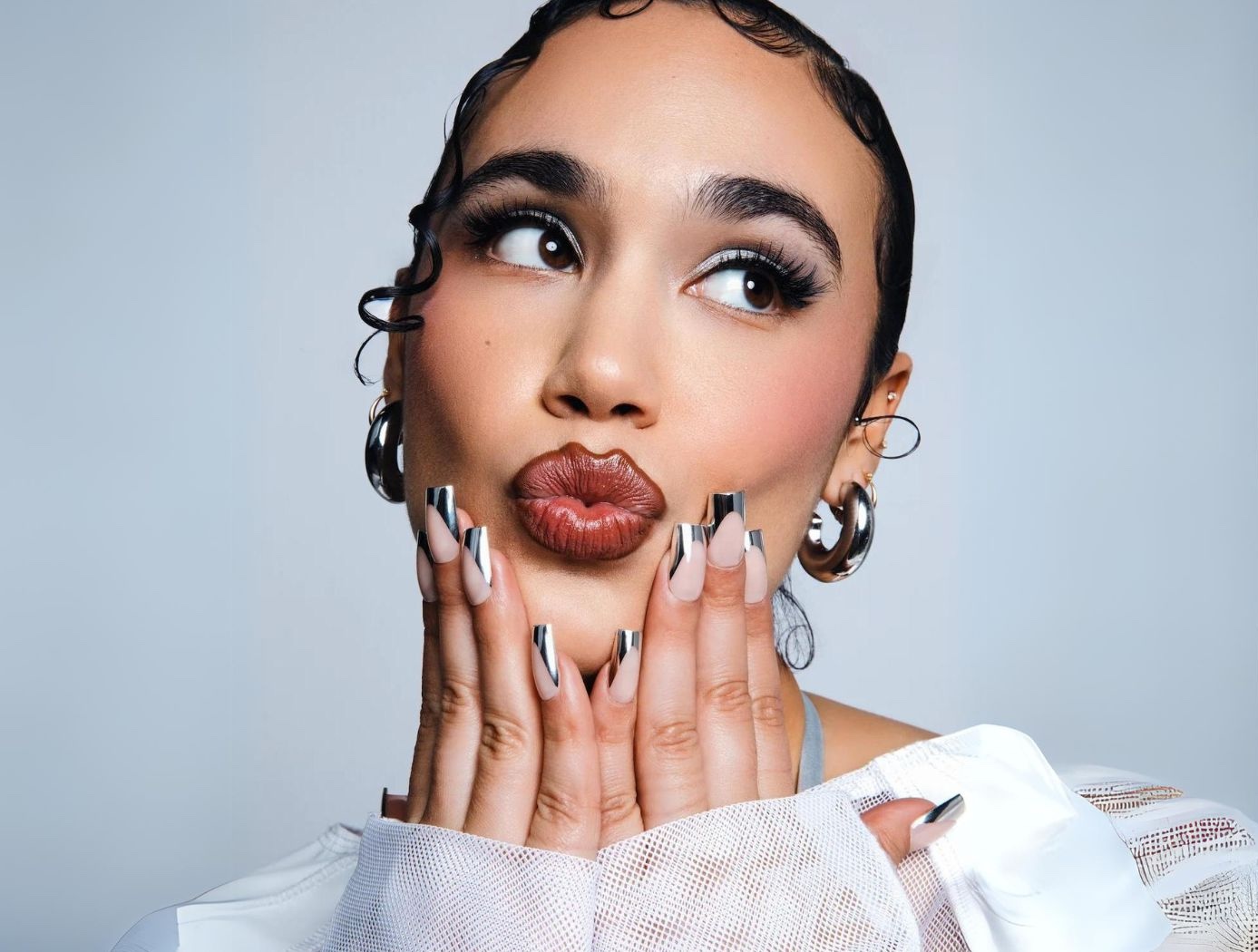Lush, the specialty bath-and-body retailer, is realizing impressive sales growth in a highly competitive retail climate: worldwide sales grew 121 percent over the past five years to $1 billion this year, with nearly 1,000 stores in 50 countries. Sales in North America are expected to be $560 million this year, a whopping 250 percent increase over the last five years. And, Lush is projecting more than $1 billion in sales in North America alone over the next five years, where it operates 250 stores.
How is this privately-owned company sustaining such staggering growth? In short, by keeping its brand values intact and focusing relentlessly on innovation.
“Lush has always stayed true to itself. Our founders and values are still the same as they were 25 years ago, and that is incredibly unique,” said Brandi Halls, Director of Brand Communications at Lush. The brand was founded in 1995 in Poole, a small seaside town in England, by Mark Constantine and his wife Mo, together with three other founders, who still lead Lush, with the exception of one retired founder.
“We are who we say we are. We continue to fight animal testing, we still buy ingredients ethically no matter how difficult and our products are still handmade. We were doing green beauty before it was a trendy thing to do. Other brands were not quite as extreme or bold as us,” Brandi said.
With Lush’s massively increased reach and impact comes a huge pressure to fill the innovation pipeline.
“There are 500 SKUs on any given day, plus up to 200 new products and gifts launched every year,” said Brandi. “We are adding entire new ranges, new layers and textures to our products, not just new fragrances. We continue to delight and surprise our customers.” For example, the brand will be launching a solid mouthwash tab in the U.S. this August, offering convenience minus the alcohol.
“Lush has always been ahead of the trends with product innovation. We developed bath bombs, solid shampoo bars and shower jellies in the late nineties, early 2000s. The trends are finally catching up with our innovation,” Brandi said.
Mindful of their 18-year-old to 35-year-old core consumer, Lush is continually developing new ways to make its products even more shareable on social media. “Our product innovators innovate with an eye to user-generated content.”
For the past 15 years, Lush has focused on growing its reach and building new markets. Now, the brand is adjusting its strategy to protect and nurture the customer retail experience.
“With 250 percent growth in North America, we haven’t had enough room in our stores to offer the full Lush experience,” said Brandi. “Our customers are used to trying our products, having one-on-one product demonstrations, and we can’t offer them that in 500-square-foot stores.”
Lush is relocating many stores to bigger footprints in North America, as big as 3,000 square feet in some markets. Larger stores, such as the Michigan Avenue store in Chicago, feature reclaimed wood and vintage pieces, creating a unique look and elevating the customer experience. These larger stores also feature a large consultation table, which allows for group conversation and skin care consultations, as well as big round demo sinks where as many as 10 people can converge.
In tandem with store expansion, Lush is investing heavily in training programs for sales associates. “Our staff is very passionate and knowledgeable, in line with our values.”
Despite Lush’s tremendous growth, manufacturing is still handmade – its bestselling bath bombs are still hand-pressed (though bottling of products is now automated). The ethical sourcing of ingredients is ongoing, albeit an increasing challenge.
“With vanilla, we have seen a lot of volatility, in terms of both price and supply,” said Greg Pinch, Ethical Buyer at Lush. “There are a number of contributing factors, including the selling or theft of (immature) beans, which has driven down the overall supply of high-quality vanilla. In response, Lush is investing in the establishment of new sources of vanilla, including in Haiti, where the cultivation of a high-value crop like vanilla offers a new economic opportunity for smallholder farmers.”
Lush’s hard-hitting campaigns, including its recent campaign to abolish the death penalty (which appeared on its website home page), have often generated as much conversation as its products. “We are a campaigning company,” said Brandi.
“We have donated more than $17 million over the past 10 years to 1,400 organizations. We turn our stores into campaigning centers, and our staff turns into activists.” Lush’s Shark Fin Soap generated several hundreds of thousands of dollars to help protect the oceans’ sharks.
How do bath and body products sit comfortably alongside human and animal rights campaigns? “They don’t,” said Brandi.“We believe we need to do more than sell beauty products. We raise awareness about causes. We are in business to do more than just do business.”
Digital sales comprise 10 percent to 15 percent of Lush’s business. The brand’s digital strategy has focused on mobile-first design and discoverability. “We want people no matter where they are to discover Lush and find what they are looking for,” said Brandi. “Our customer is doing research online before buying in store.”
Lush is currently innovating its app. “Phase one was about developing e-commerce and creating a frictionless experience. Phase two is about how we can add new experiences, in time for Holiday 2017/18,” she said.
Despite its size and global reach, Lush does not view itself as a mainstream brand.
“Lush was very much a hippie brand when it started. Our challenge in the future will be to maintain that sense of a niche mom-and-pop shop,” said Brandi. “We want people to still experience that warm feeling even when we have 2,000 shops, and keep that hippie feeling as we continue to grow.”




